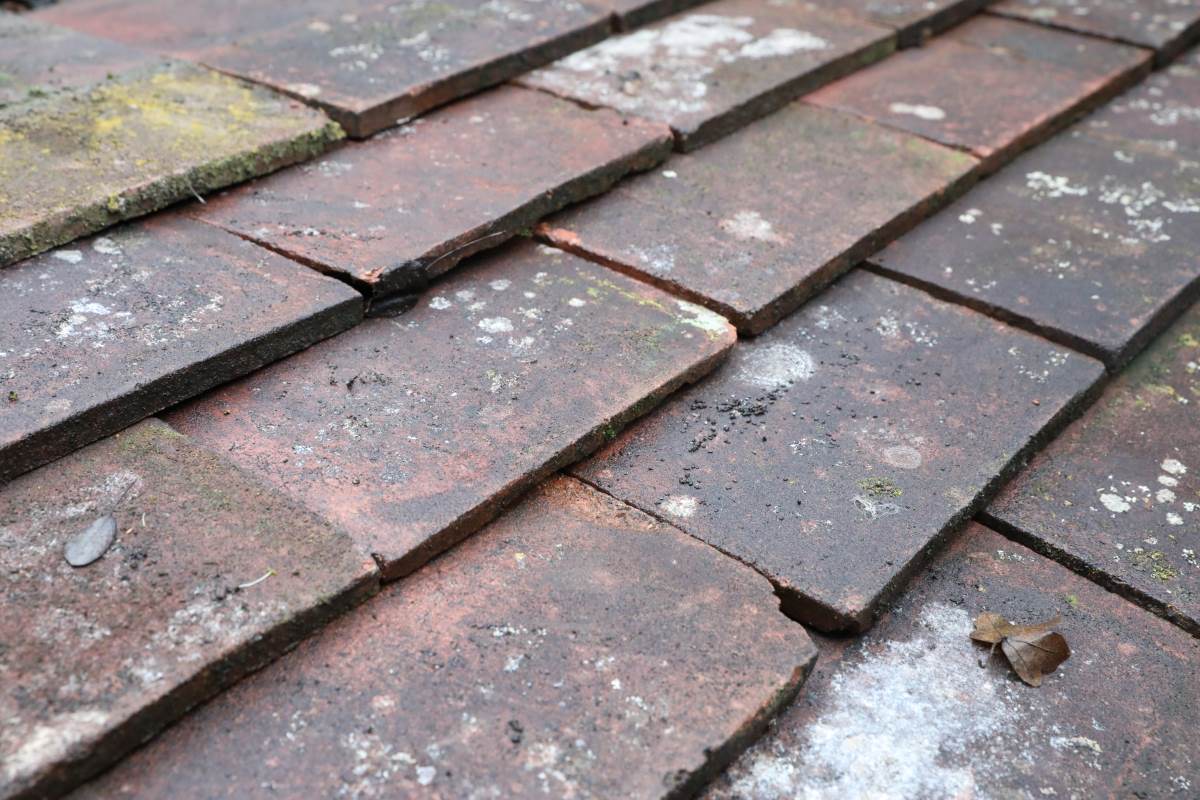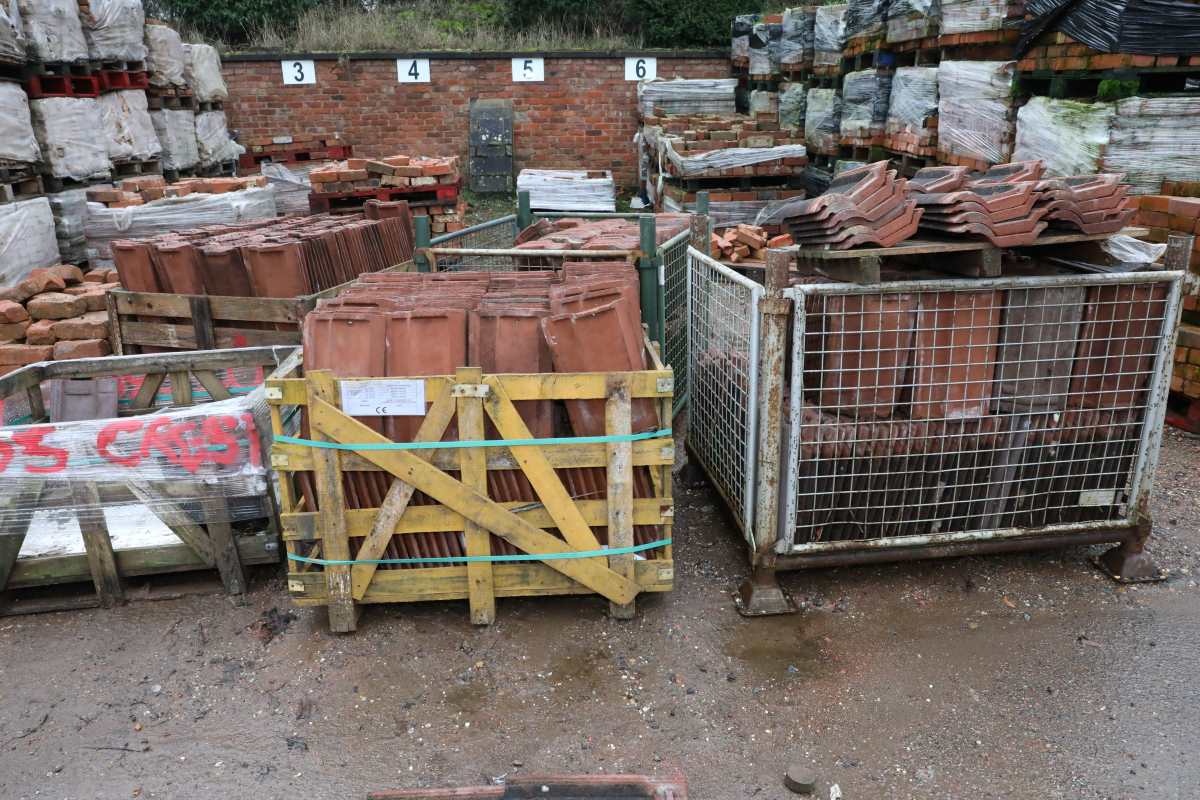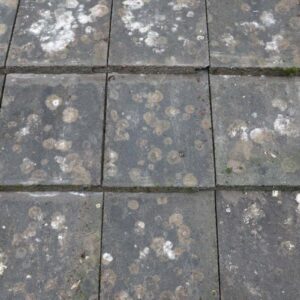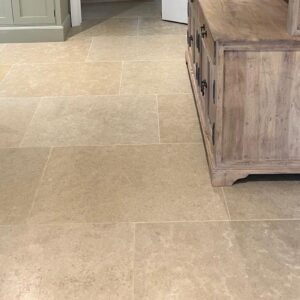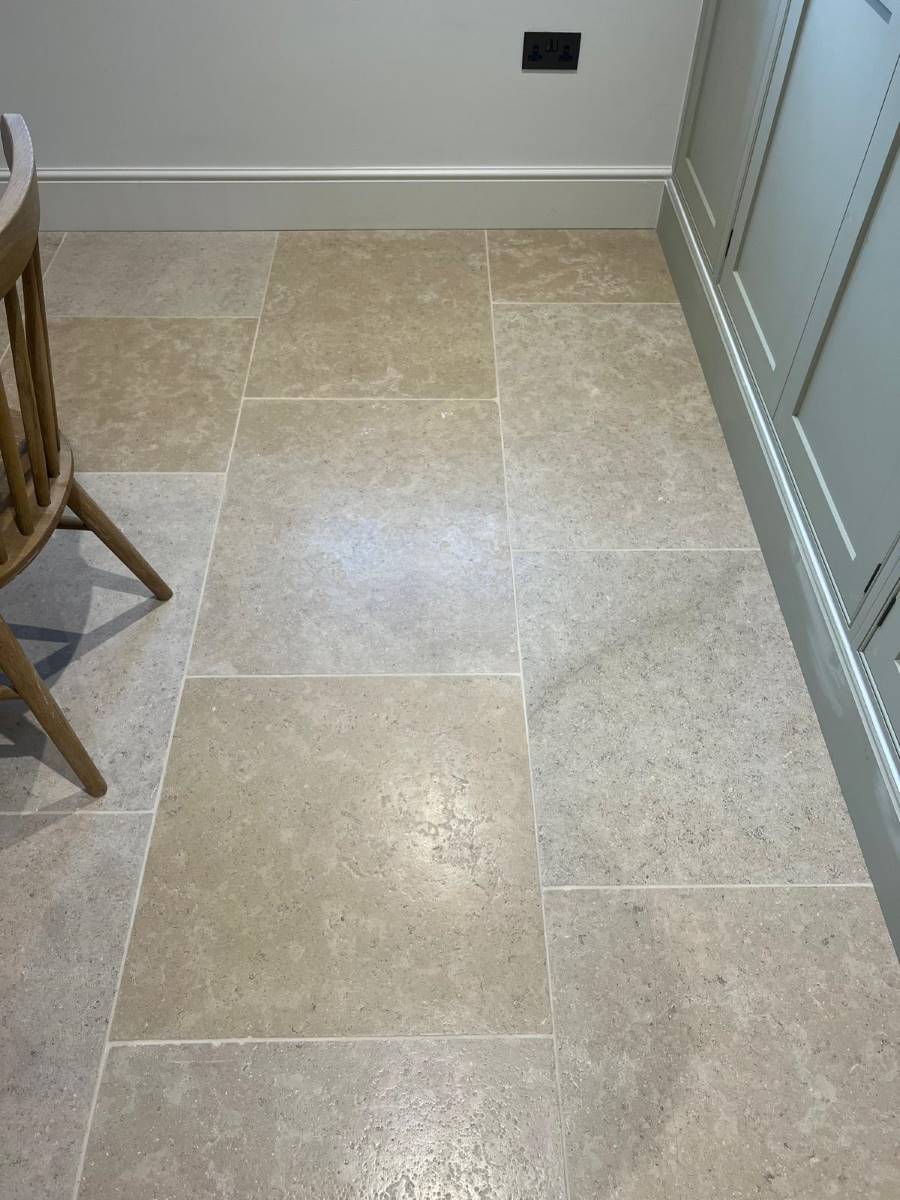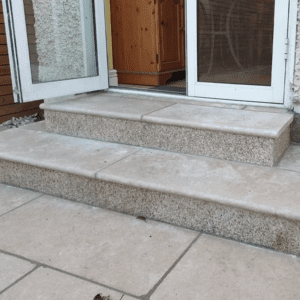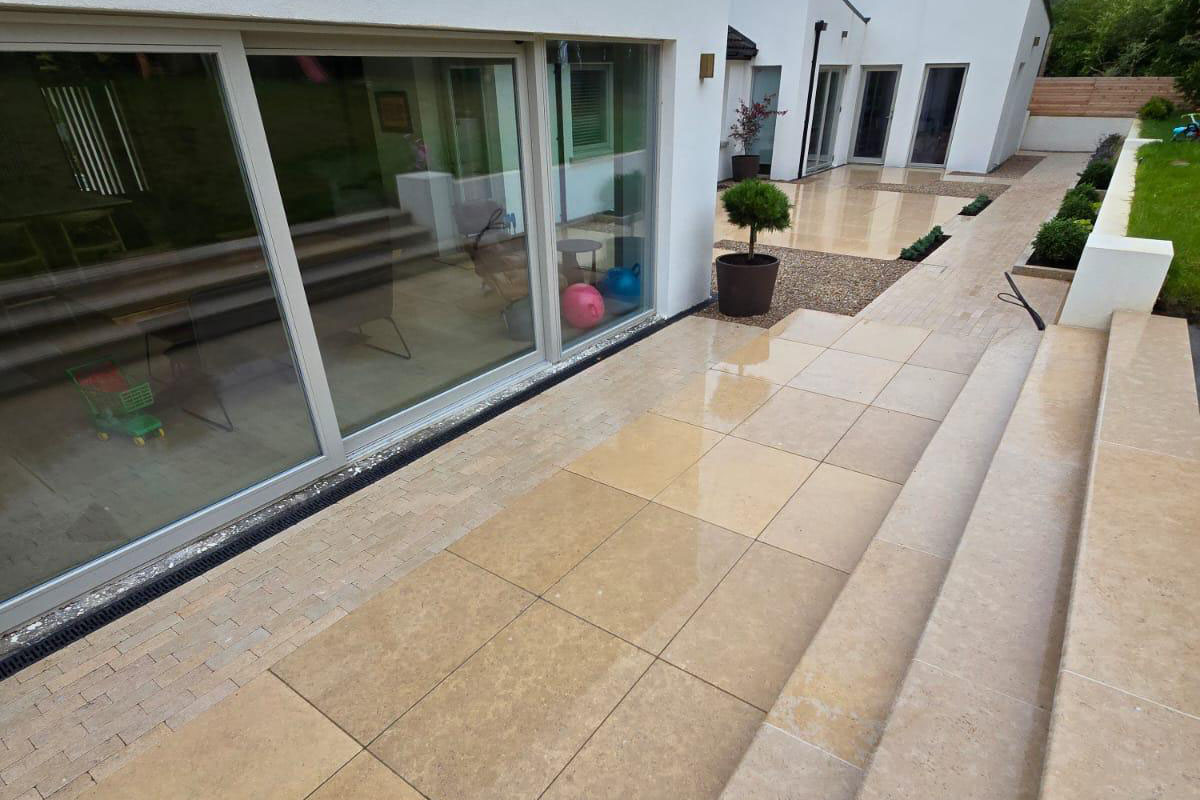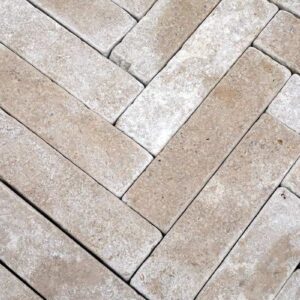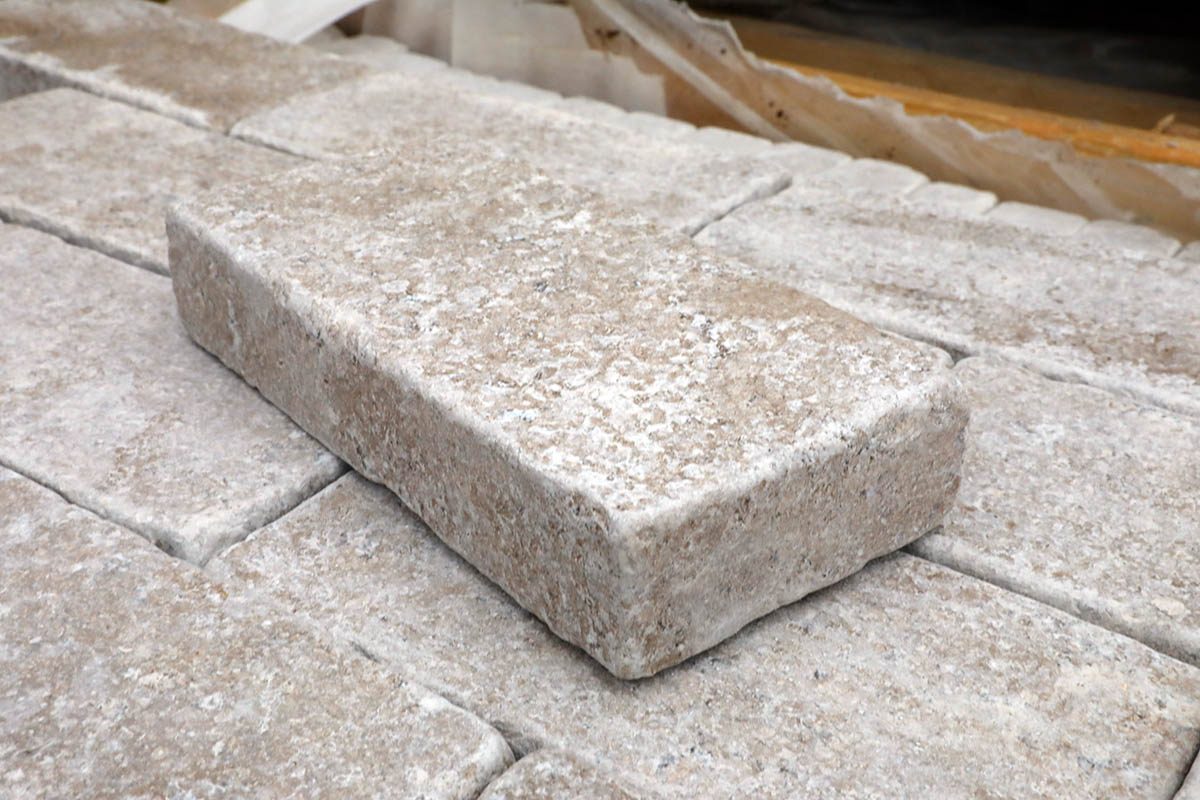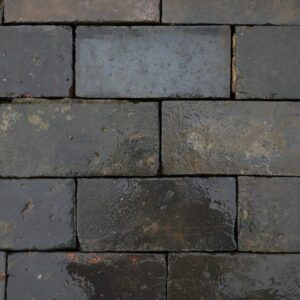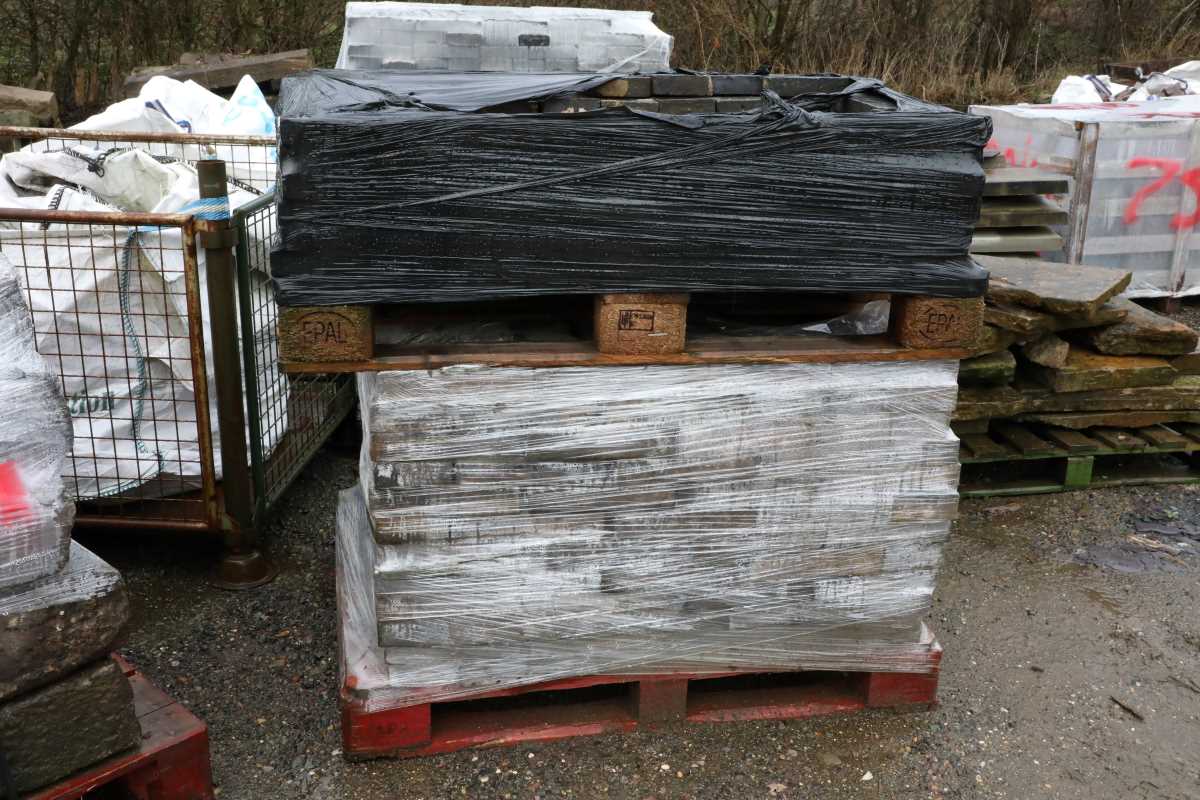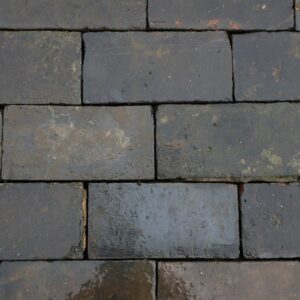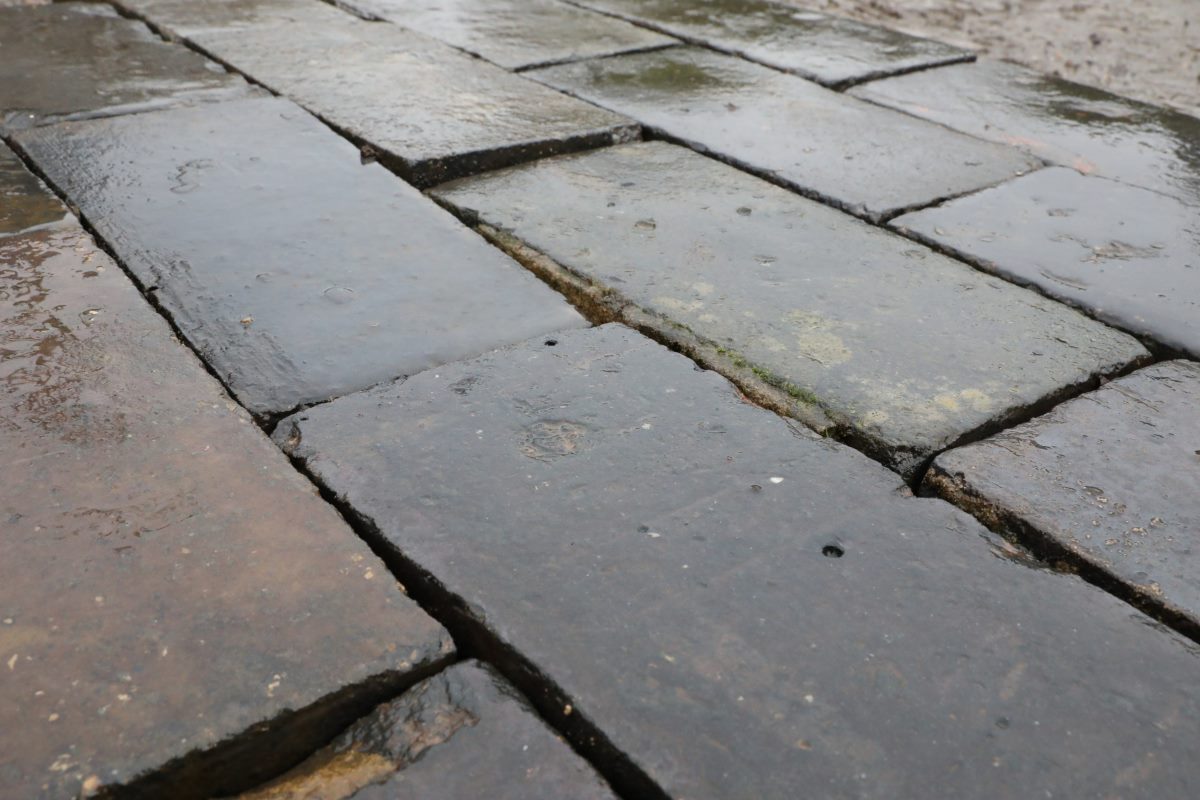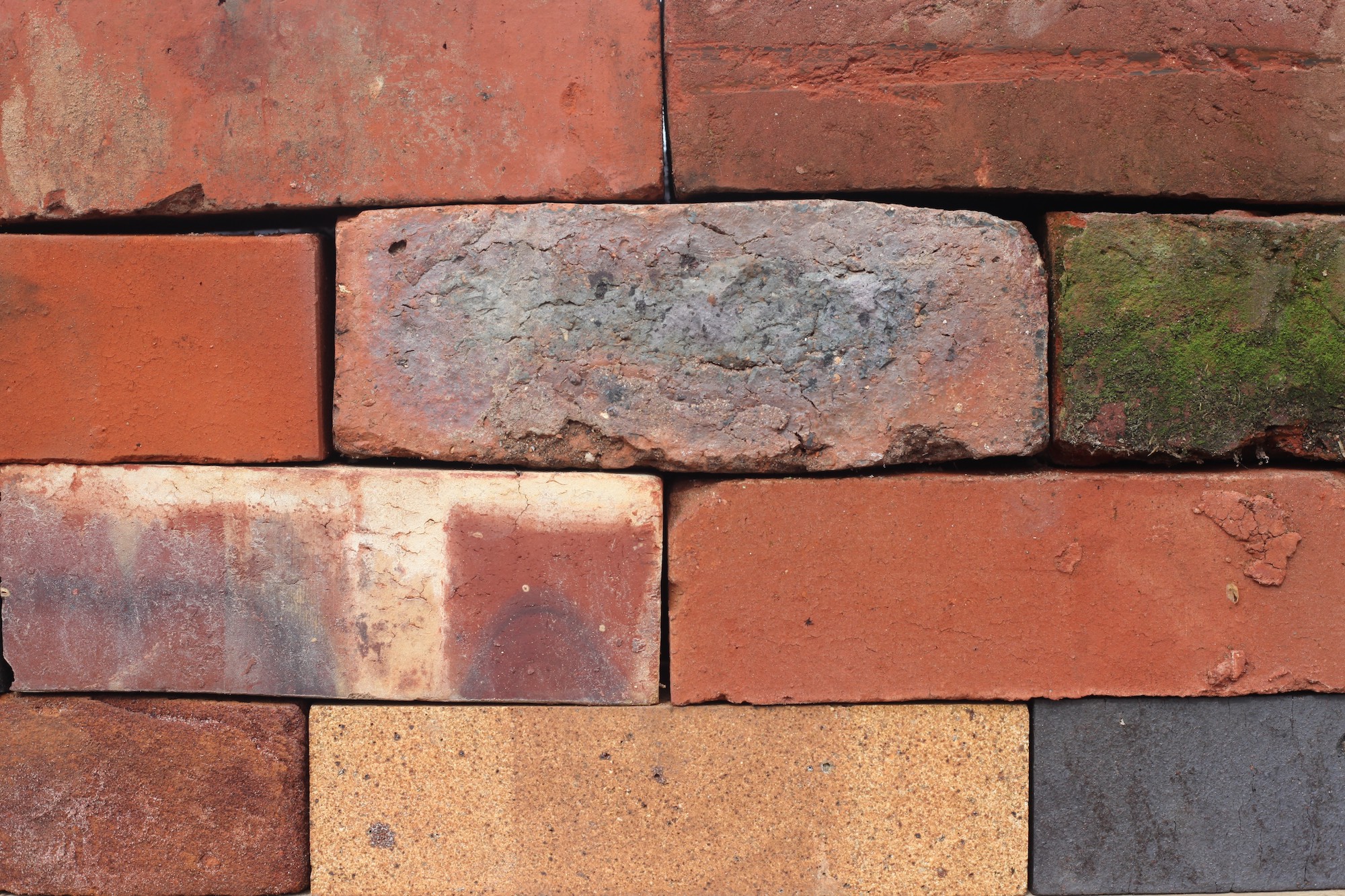OPENING HOURS Christmas Hours-Christmas Eve 7:30-12:00|CLOSED 25th Dec to 5th Jan 2026! Top Bar
Watling Reclamation latest reclaimed and new products
-
Reclaimed Handmade Roof Tiles Tamworth Ltd
Add to basket Add to basket -
Reclaimed Anchor Centurion Roof Tile Red Concrete
Add to basket Add to basket -
Reclaimed Redland 90 Roof Tiles Grey
Add to basket Add to basket -
Egyptian Dijon Limestone Tiles Brushed & Tumbled
Select options This product has multiple variants. The options may be chosen on the product page Select options This product has multiple variants. The options may be chosen on the product page -
Egyptian Dijon Limestone Steps Bullnose Etched & Sealed
Select options This product has multiple variants. The options may be chosen on the product page Select options This product has multiple variants. The options may be chosen on the product page -
Egyptian Dijon Limestone Cobbles Etched & Sealed
Select options This product has multiple variants. The options may be chosen on the product page Select options This product has multiple variants. The options may be chosen on the product page -
Blue Smooth Victorian Pavers Reclaimed B Grade 10″ x 5″
Add to basket Add to basket -
Reclaimed Smooth Blue Pavers Victorian Grade B 9½”
Add to basket Add to basket
Recent articles
 Black Friday 2025
Black Friday 2025
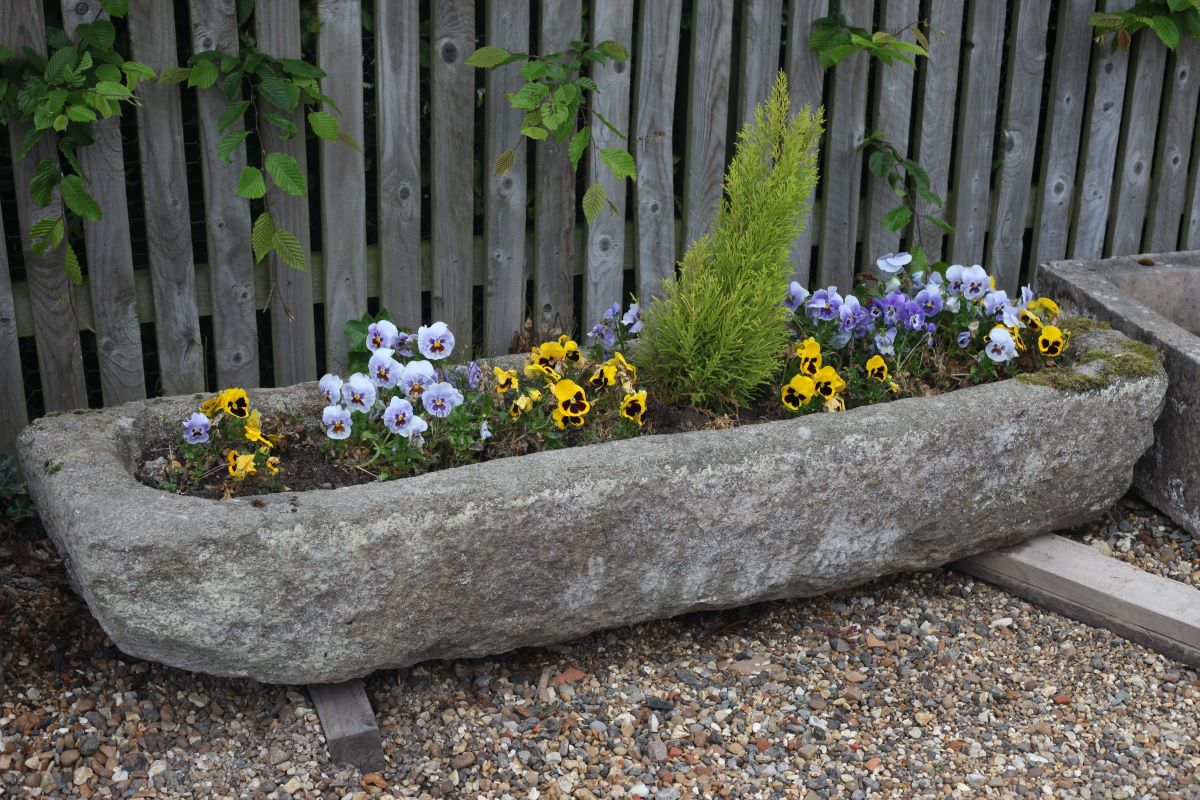 Planting A Perfect Spring
Planting A Perfect Spring
Planting A Perfect Spring
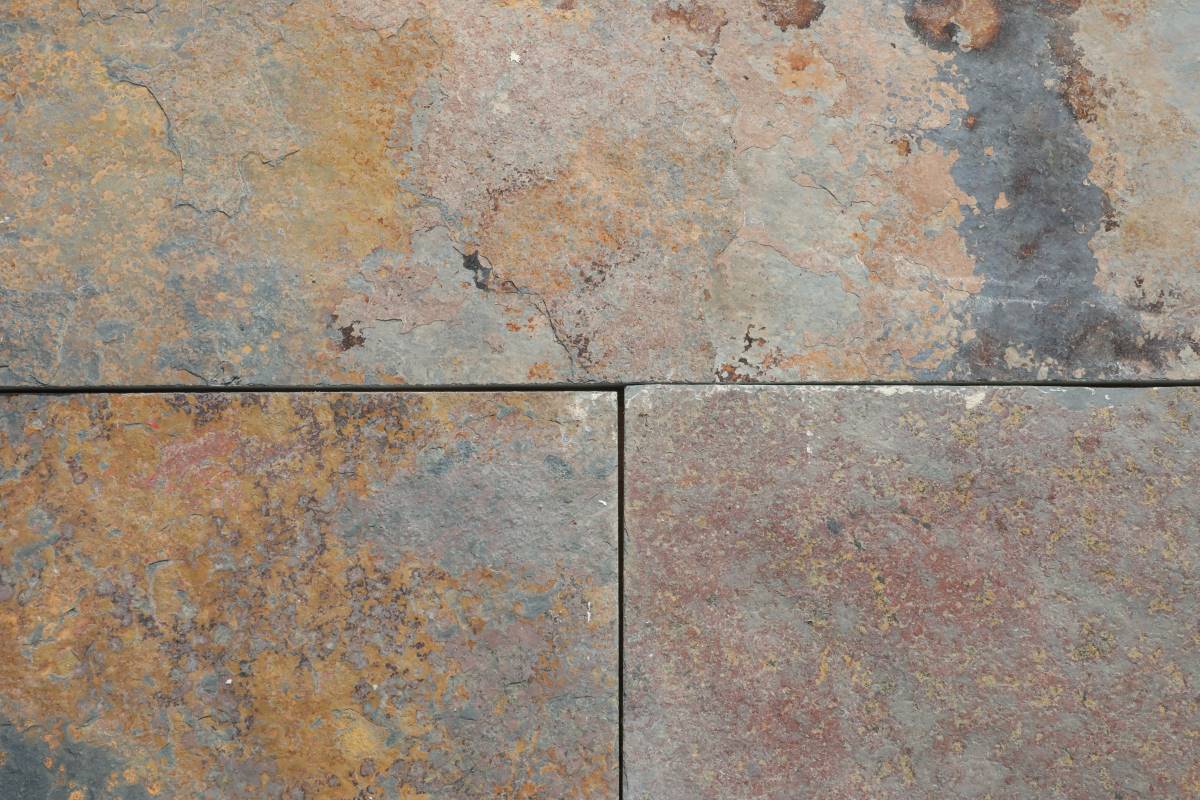 Flawless Stone Flooring
Flawless Stone Flooring
Flawless Stone Flooring
Watling Reclamation
Built on the belief that quality products should last beyond a lifetime, the business was born out of a passion for heritage properties, architecture and exterior design.
It was established in 2010 by Neill and Julie Taylor, when they began to sell surplus reclaimed building materials that were accumulated during the construction of nearby Pury Hill Business Park. The offices at this unique and exclusive premises, are built with a majority of reclaimed building materials and garden features.
Over the years, the business has grown to become one of the leading salvage destinations in the South East, paving the way for recycling and reclaiming goods whilst remaining at its heart, a family business built on traditional values. From small scale housing developments to large personal projects, reclaimed materials can often fulfil requirements more completely, bringing history and aesthetics that new products simply can’t mimic.
The company takes its name from Watling Street, an ancient Roman road that symbolises enduring craftsmanship and connectivity. This historical reference underscores Watling Reclamation’s dedication to bridging the past and the present, enabling the continuation of traditional building techniques while embracing modern sustainability principles.


